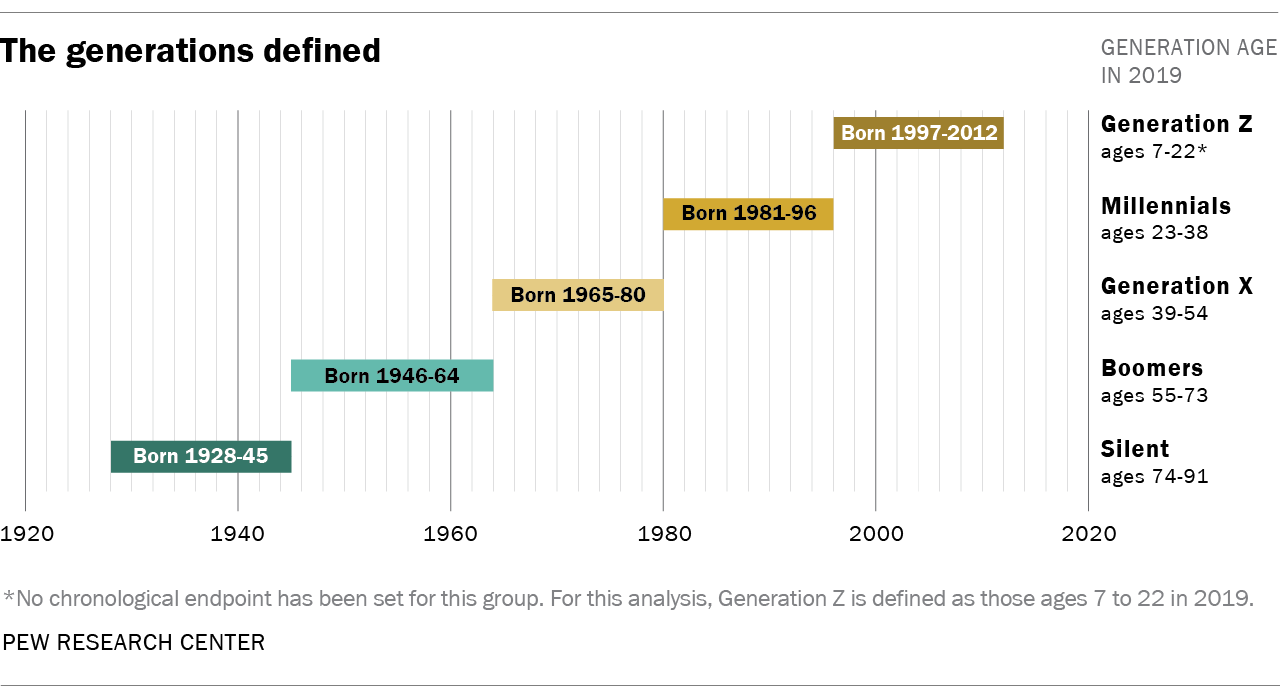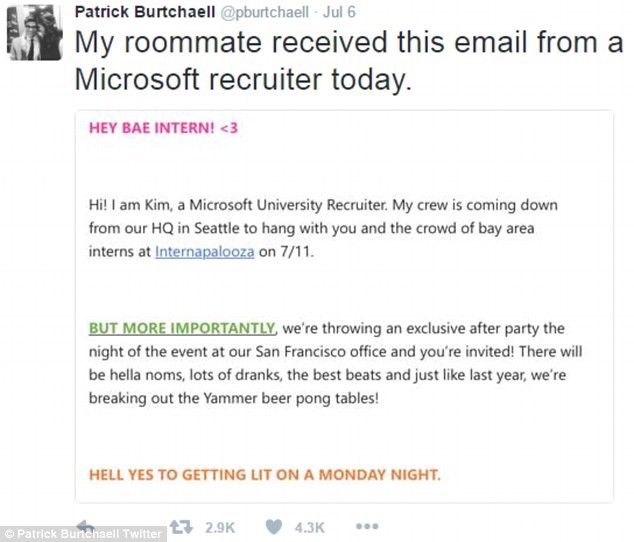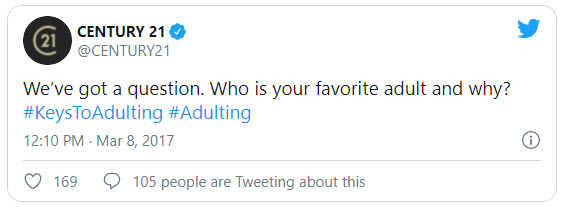In October 1991 I took a Marketing Research Analyst position with Veryfine Products, a juice company headquartered in Westford, Massachusetts.
I was in the middle of my MBA program, the first half of which I attended full-time. For the first 18 months that I worked for Veryfine, I continued the program part-time at night.
Every week day I left home at 7:15 a.m. to get to the office by 8:00 and worked until 4:30 p.m.
Two days per week I drove an hour to Boston College in rush-hour traffic, exercised at the campus gym, hit the shower and showed up for class by 7 p.m. The class ran three hours.
At 10 p.m. I headed home, arriving at 10:30 to nibble some dinner and get to bed. I was due in the office at 8:00 the next morning.
The nights I was not in class I worked late, studied and wrote papers.
Around that time, the media began profiling Generation X, the demographic cohort I squeaked into by 11 months.
Newspapers and experts described Generation X as lazy, entitled, narcissistic. Slackers.
What?
That profile did not fit me nor did it describe any of my friends. My coworker Dave, also my age, was married with two kids and a third on the way. He was supporting his entire family.
In what world is that slacking?
I wrote the media off as uninformed and forgot about it.
Sometime in the late 2000s articles began popping up about Millennials, a.k.a. Generation Y.
Guess how pundits were describing them? Lazy, entitled, narcissistic.
My first thought was “Oh yeah, I’ve seen this show before.”
But then I wondered, why does each generation think the one succeeding it is lazy?
Why We Divide the Population by Age
As a consumer-insights professional I know about research organizations’ efforts to explain public attitudes by demographic group.
The thirst for knowledge about population trends and target markets fuels groups like The U.S. Census Bureau and Pew Research Center to define age cohorts and report their attitudes for use by the government, the media and the business community.
The problem with generational marketing begins with a lack of consistent definition.
For example, the Census Bureau defines Millennials as those born between 1982-2000, while the Pew Research Center uses the 1981-1996 range.
For the sake of our discussion, let’s stick with the Pew Research Center definitions. They identify five generations beginning in 1928, each between 16 – 19 years long:
The Silent Generation, born 1928-1945
Baby Boomers, born 1946-1964
Generation X, born 1965-1980
Millennials, born 1981-1996
Generation Z, born 1997-2012
Why are some 16 years long and others 17 or 19? I have no idea.
There’s an element of randomness to all of this as we’ll continue to discover below. In the Pew Research Center graphic below there is a disclaimer leaving the door open to extend the Generation Z window.

In the article “Defining generations: Where Millennials end and Generation Z begins,” Pew Research Center President Michael Dimock explains, “…generational cohorts give researchers a tool to analyze changes in views over time. They can provide a way to understand how different formative experiences (such as world events and technological, economic and social shifts) interact with the life-cycle and aging process to shape people’s views of the world.”
Misleading and Bogus Generational Labels
All the generational labels befuddle me except Baby Boomers. Baby Boomers are a result of the post-World War II baby boom.
None of the other names makes sense to me.
My parents fall into the Silent Generation, named such because in that era children were supposed to be seen but not heard. Yet both of them taught me to speak up for myself and modeled that. Silence is not an adjective I associate with anyone I know from that age group.
The Generation X and Millennials labels came from books published the year I started at Veryfine.
World War II photographer Robert Capa first coined the term Generation X in a photo essay about young adults in the 1950s. The term resurfaced in 1991 in Douglas Coupland’s coming of age novel Generation X: Tales for an Accelerated Culture and was co-opted for the young adults of that era.
Demographers William Strauss and Neil Howe published their book Generations in January 1991. They designated the new generation Millennials because they would come of age in the new millennium.
And Gen Z?
Dimock at Pew Research Center said they went with Generation Z because it got listed in the Merriam-Webster Dictionary and was outpacing other names in Google Trends data.
It does not take a genius to figure out that if I am in Gen X and Millennials are also known as Gen Y, then the next group is Z.
I wonder if Douglas Coupland knew he’d influence names for generations to come if he might have started earlier in the alphabet.
Each Generation Evolves from Its Context
People didn’t put much effort into naming the generations.
But more problematic have been the snap judgments and attempts to portray millions in a single profile. This is how we get Baby Boomers calling Gen Xers lazy, Gen Xers calling Millennials lazy, and Gen Zers retorting “Ok boomer.”
Snap judgments help no one. If you want to understand, and market to, a demographic group, you need to take the time to learn the context in which they came of age and how that influences their worldview.
For starters…
The Silent Generation’s childhood was colored by the aftermath of the Great Depression and the horrors of World War II. Those experiences prompted many to develop a survival mentality, be frugal, work hard and express their gratitude for jobs in loyalty.
Baby Boomers grew up in the era of civil rights, the Vietnam War, the Cold War, the space race and the sexual revolution. Raised to chase “The American Dream” by family members who fought for it (and some who died for it), they also believe in hard work and are ambitious.
Baby Boomers were the first to have televisions in their homes. Their cohort has the highest rate of divorce and second marriages.
Generation X watched many of their parents get divorced or laid off from companies from which they had expected to retire. We sat in cars in line to get gas during oil crises.
Gen Xers with two working parents became known as “latchkey” kids. We were also the first to use the internet. Many of us took from our parents’ experiences that we needed to look out for ourselves by finding fun in our work and balance in our lives. Also, we work hard.
Millennials’ childhood occurred during great economic expansion and in the digital age. They also saw the AIDS crisis, 9/11 and other terrorist attacks, and school shootings. The digital connectedness habituated them to ask for and receive feedback more often.
Millennials seek work flexibility, value transparency and diversity, and work hard.
Bad Generational Marketing Backfires
Attempting to use stereotypes or perceived slang to appeal to a generational group can set you up for cringeworthy moments like the Microsoft recruiting email below. Patrick Burtchaell posted on Twitter that his roommate received the email on July 6, 2016.
For reference, “Bae” is a term of affection like baby, “Hella noms” means food, “dranks” means drinks and “getting lit” means getting drunk.

Trying to endear themselves to millennials, the email repelled them instead. Microsoft later apologized for the email.
In March 2017, Century 21 launched a campaign called “Adulting” to introduce the brand to millennials. The campaign included short how-to videos including “How to Make Small Talk,” “The Philosophy of Dinner Party Hosting,” and ”How to Host a BBQ.”
The campaign ran for a year and won several marketing industry awards. Campaign creators lauded the clicks gained and reduced cost of video per view.
But I think the campaign flopped.
By the time the it ran, the oldest millennials were turning 37 and the youngest were 24.
“Adulting” is a term used more by younger people – I’ve mostly heard it from my 20-year-old Gen Z daughter. And it has a sarcastic tinge as in “I just can’t adult today” or “I went food shopping. I’m adulting!”

And judging by the responses to the tweet above, more millennials were turned off than turned on. The repeatable responses include “Why are you promoting a fake word?”, “Grimace”, and “My favorite adult is the adult who fires the adult who wrote this tweet.”
Stop Using Labels and Stereotypes, Go for Context
Why were Gen Xers and Millennials seen as lazy? I suspect that it had to do with the tendency to assess groups as they come of age. By definition, they’re still adolescents then, still finding their way in the world.
Faced with the transition to adulthood, it takes time to process what you’ve learned from your upbringing and how you want to apply that to your own life goals.
Think about it. Who among us knew what we wanted from life at age 23?
I didn’t. And what I did know changed once I experienced the work world.
If you are managing or marketing to a different generation, you need to find out where they are coming from and who they are individually. Take the time to get to know your audience and what they seek.
- Use generational affiliation for context, not characterization. When we dropped my son off at college for his freshman year in August 2016, all the dorms displayed welcome signs with references to SpongeBob, Harry Potter and Finding Nemo. All were common cultural touchpoints to make arriving freshmen and returning students feel at home.
- Recognize that attitudes and preferences transcend age. Netflix has used data to identify 2000 “taste communities” that share preferences and are more meaningful than demographics. Todd Yellin, vice president of product at Netflix explains, “Because, here’s a shocker for you, there are actually 19-year-old guys who watch Dance Moms, and there are 73-year-old women who are watching Breaking Bad and Avengers.”
Netflix programs to these taste communities and looks to aggregate like-minded communities to determine if there is sufficient demand to “justify the cost for a show.” - Segment by tribe instead of age. Danone, the global company with a portfolio of 19 food and water brands, has shifted to identifying each brand’s tribes as “people with meaningful similarities.” Using a combination of data and human interaction – spending time in-person when possible – they understand each tribe’s mindset, behaviors and preferences.
If you can develop a deep understanding of your audience and reflect that in the way you do business, your brand will have a competitive advantage.
Because most businesses and people are still making snap judgments.
How do I know?
Check out the headlines.
“’We’re not lazy, we’re innovative,’ Generation Z hits back in live debate.”
“Generation Z Says They Work Hardest, But Only When They Want To.”
What do you think?
P.S. Videos for your viewing and listening pleasure…
The Who’s “My Generation” (3 minutes, 27 seconds) A.k.a. Baby Boomers complaining about being the ones people were complaining about. You didn’t think Baby Boomers were exempt, did you?
AARP’s tastefully done video asking millennials “Show Us What ‘Old’ Looks Like.” Spoiler: they change their minds. (4 minutes, 8 seconds)
And if you are still in the camp that thinks millennials act entitled, you may enjoy David McCullough, Jr.’s rousing and humorous Wellesley High School commencement speech from 2012 that made national headlines for telling millennials “you are not special.” (12 minutes, 45 seconds)

